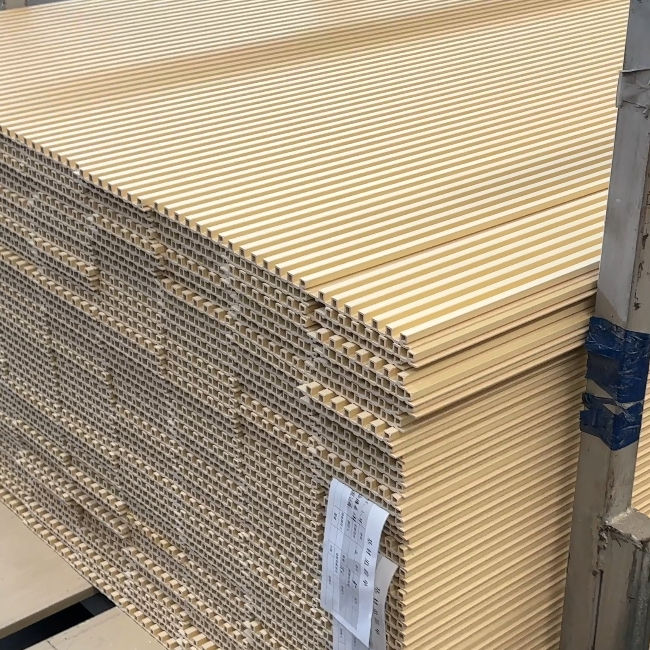Wall paneling for interior design is experiencing a resurgence in popularity among homeowners seeking to add character and value for their budget and homes. While creating visual aesthetics are important, it is also important to consider about the budgets. Different materials in wall panelling will naturally have different costs as different raw materials, production process and treatments are involved. From classic wainscoting to contemporary 3D designs, different type of wall paneling can create different atmosphere for the interior design. Therefore, whether you are an interior designer, a homeowner, or professionals working with wall panel products, its important to understand the basic materials in these products.
Understanding the Basics of Wall Paneling

Wall paneling, at its simplest, involves covering the lower or entire wall with decorative panels, not all paneling are created equal, and you need to consider material, style, and installation needs. Selecting the proper installation steps with quality glue is essential for a durable installation.
Types of Wall Paneling
Several paneling styles can customize the paneling to your home styles.
Wainscoting
Typically covering the lower one-third of a wall, wainscoting provides an elegant, traditional look. It offers protection from scuffs and bumps, particularly in high-traffic areas such as hallways and dining rooms. “Wainscoting is a great way to add classic charm and protect your walls,” says interior designer, Sarah Miller.
Beadboard
Featuring narrow, vertical planks separated by rounded grooves (beads), beadboard is often used in bathrooms, kitchens, and entryways for a casual, cottage-style aesthetic. It can be installed as full wall paneling or as wainscoting.
Raised Panel
Characterized by panels that are slightly raised above the surrounding frame, raised panel wainscoting creates a sophisticated, formal appearance. It is commonly found in libraries, studies, and formal dining rooms.
Flat Panel
In contrast to raised paneling, flat panel wainscoting features panels that are flush with the frame. It offers a clean, simple aesthetic, suitable for modern and minimalist interiors.
Board and Batten
Board and batten wall paneling involves wide vertical boards interspersed with thinner strips of wood (battens). This style creates a textured, rustic look, often used in farmhouse-style homes.
Shiplap
Shiplap consists of horizontal wooden planks with interlocking grooves, creating a distinctive, slightly overlapping appearance. This popular style adds a casual, coastal vibe to any space.
3D Paneling
Modern 3D paneling uses textured panels to create a striking visual effect. Constructed from various materials such as wood, plastic, or composite materials, these panels add depth and dimensionality to walls.
Choosing the Right Material
The material of your wall paneling will not only define the look of the rooms but also impacts the budget.
Wood
It needs to be painted or stained, but can also be susceptible to moisture issues.
MDF
Being a cost-effective alternative, MDF offers a smooth surface for painting and is less prone to warping than solid wood. However, some MDF is rated for interior use only
PVC
PVC paneling is waterproof and easy to clean, thus perfect for bathrooms or kitchen spaces. It is a durable material that can resist mold or mildew.
Installation Considerations
Proper installation is crucial for achieving a professional-looking result. DIY installation is an option for experienced homeowners, but professional installation is often recommended for complex or large-scale projects. Make sure you always measure distances twice before cutting to ensure proper installation and avoid any installation frustration.
